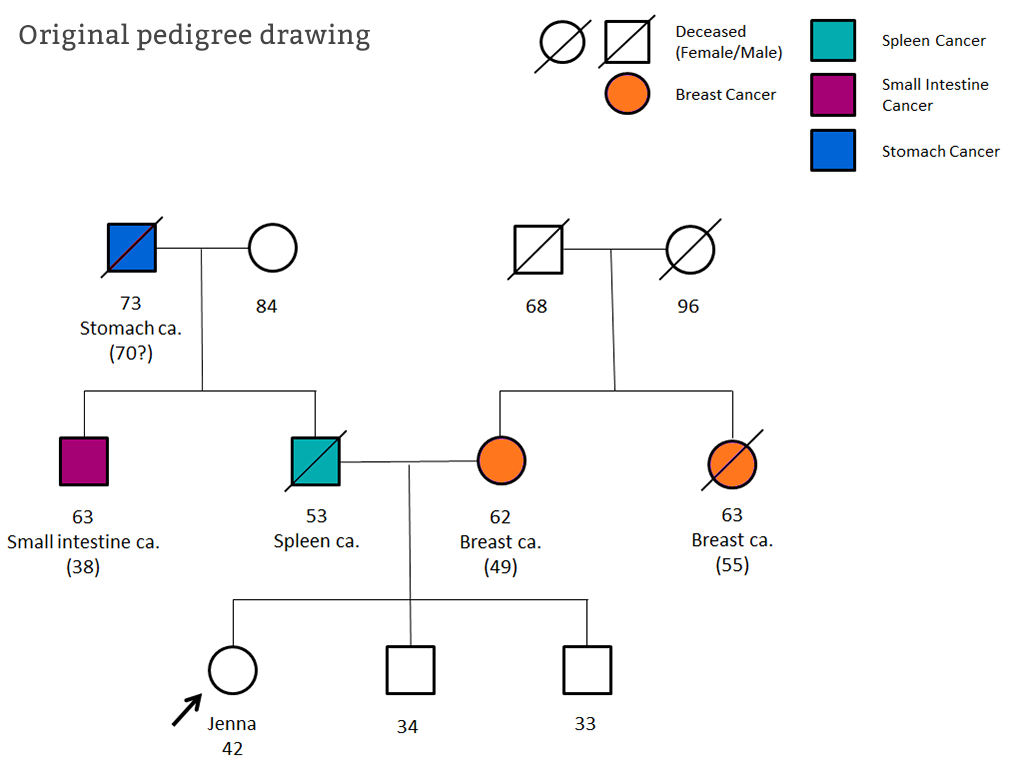In biology genetics, a pedigree chart is a diagram that shows the genetic relationships among individuals in a family. It is commonly used to track the inheritance of genetic traits or diseases within a family over multiple generations. Each symbol on the chart represents a specific individual, and the lines connecting them show their relationships.
By analyzing a pedigree chart, geneticists can determine the mode of inheritance of a particular trait, whether it follows a dominant, recessive, or X-linked pattern. This information is crucial for understanding the genetic basis of certain diseases and predicting the likelihood of passing on a trait to future generations.
Pedigree Chart Biology Genetics
Types of Pedigree Charts
There are several types of pedigree charts used in biology genetics, including autosomal dominant, autosomal recessive, X-linked dominant, and X-linked recessive. Each type of chart has its own set of symbols and patterns to represent the inheritance of traits or diseases.
Autosomal dominant pedigree charts show traits that are passed down from one generation to the next through a dominant allele on one of the autosomal chromosomes. In contrast, autosomal recessive charts depict traits that require two copies of the recessive allele to be expressed. X-linked pedigree charts track traits that are carried on the X chromosome, which can affect males and females differently.
Interpreting Pedigree Charts
Interpreting pedigree charts requires a thorough understanding of genetics and the patterns of inheritance. By analyzing the relationships and patterns shown on the chart, geneticists can make predictions about the likelihood of an individual inheriting a particular trait or disease.
For example, if a trait appears in multiple generations of a family and affects both males and females equally, it is likely to be autosomal dominant. On the other hand, if the trait skips generations and only affects individuals who inherit two copies of the allele, it is likely to be autosomal recessive. By carefully studying pedigree charts, researchers can unravel the genetic mysteries hidden within families and populations.
